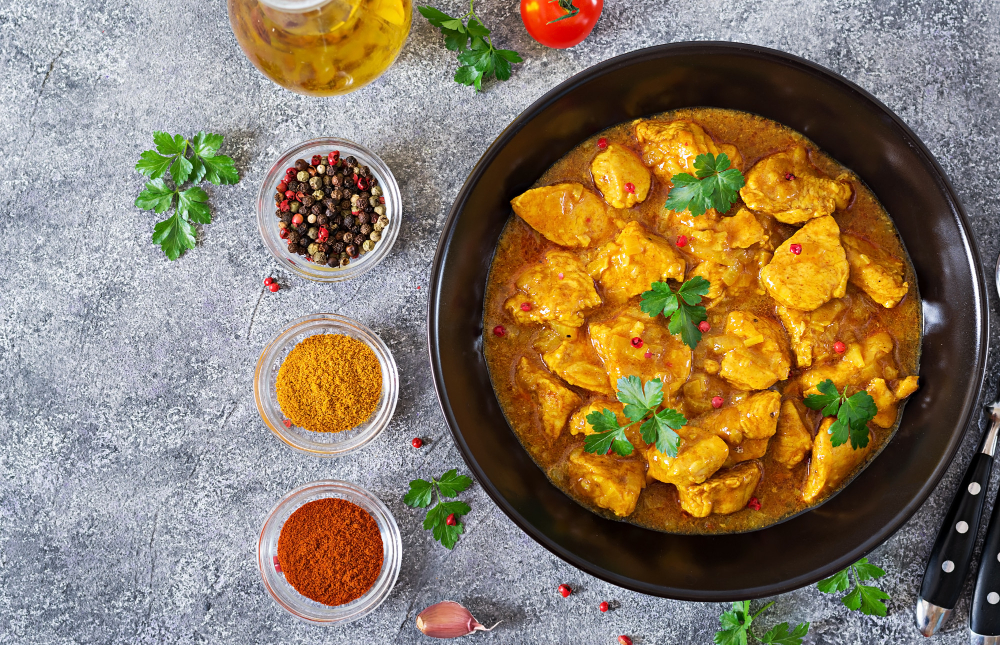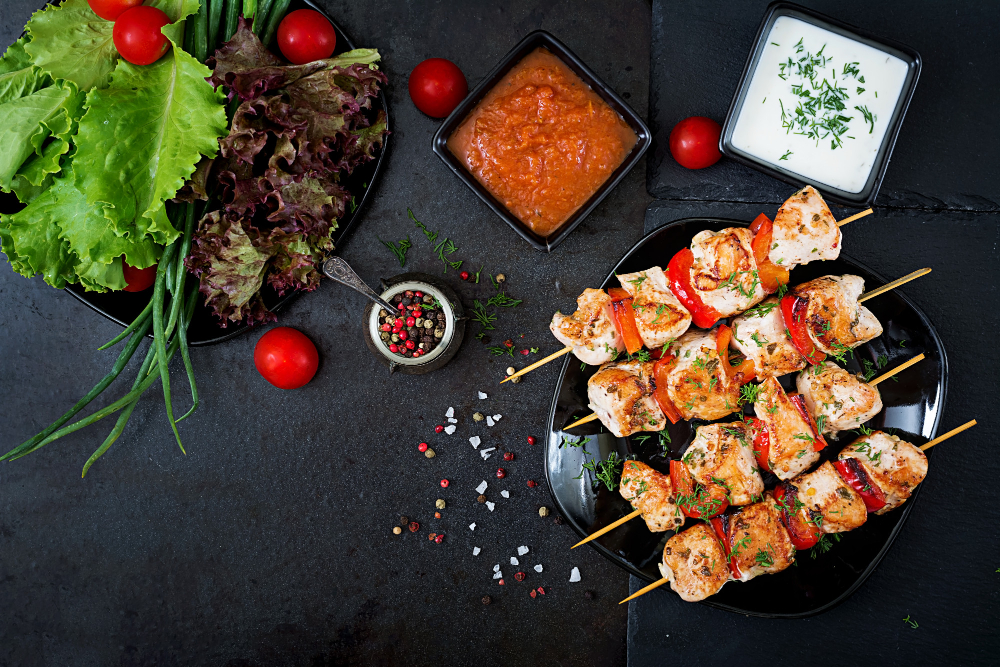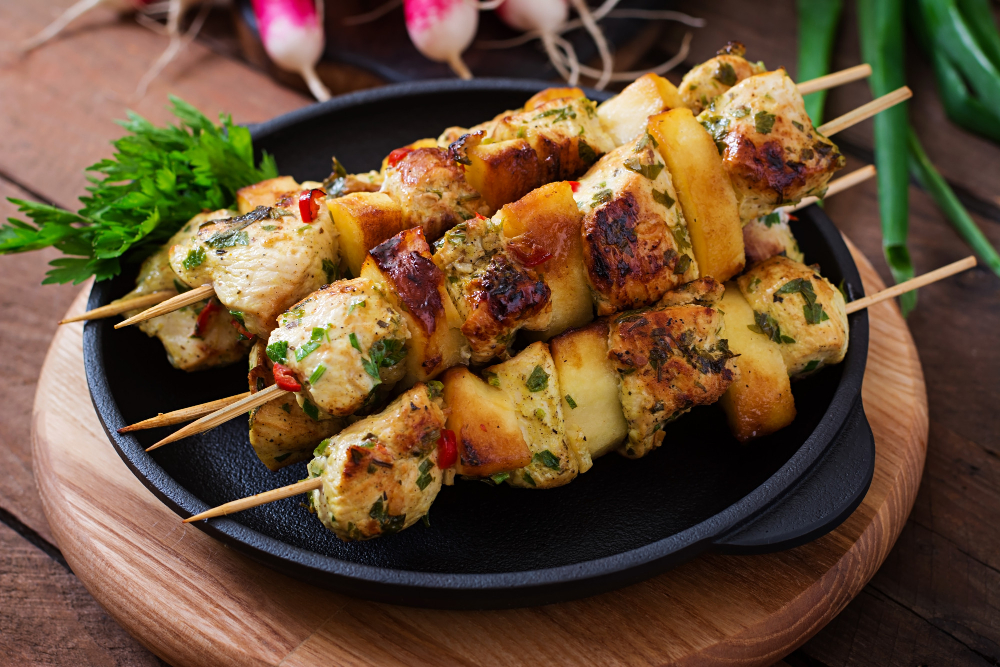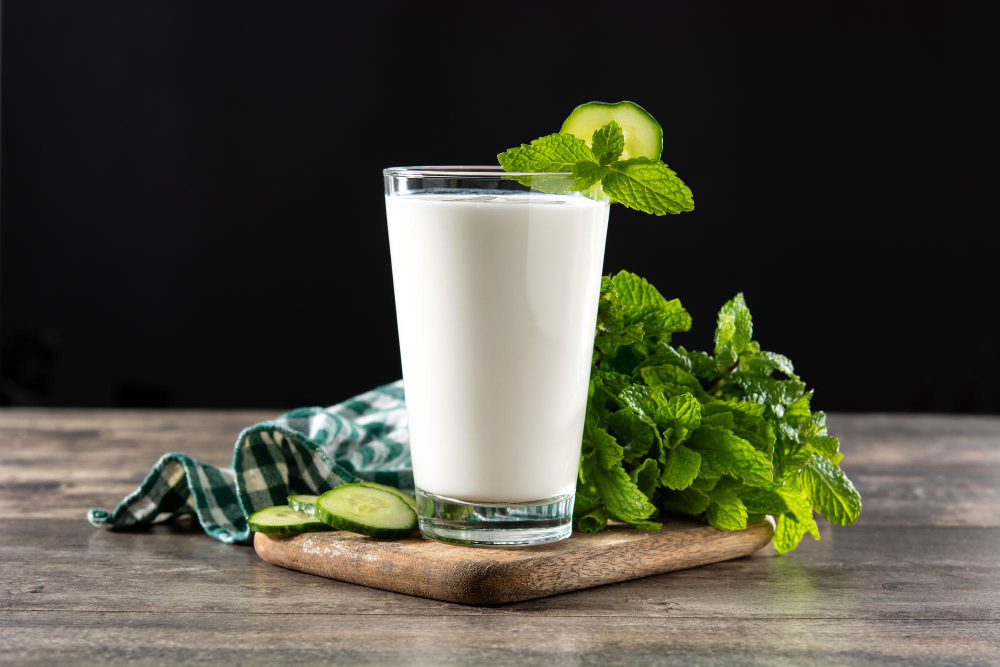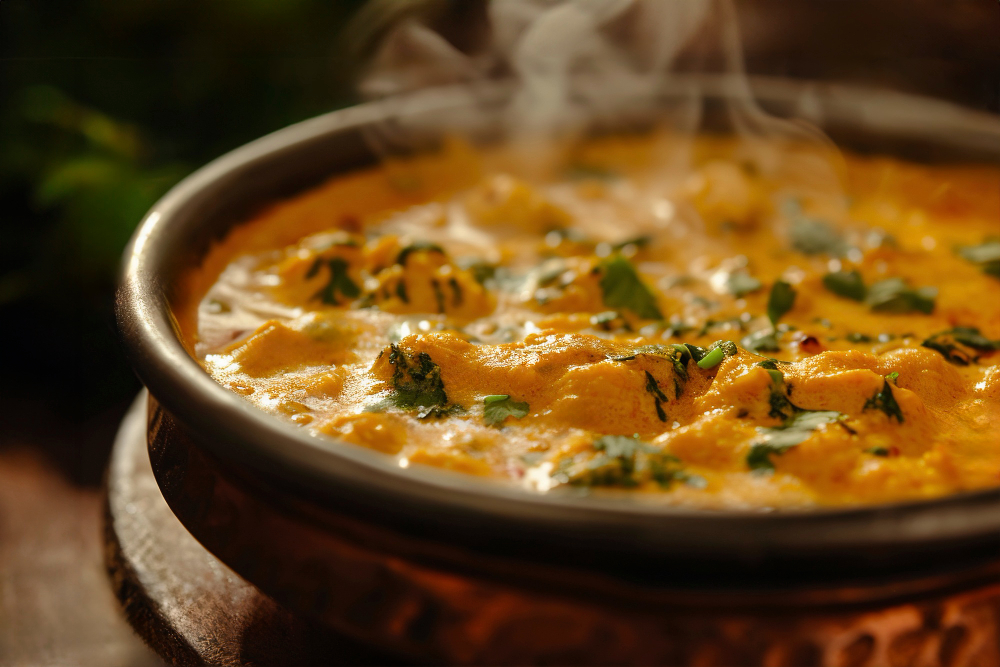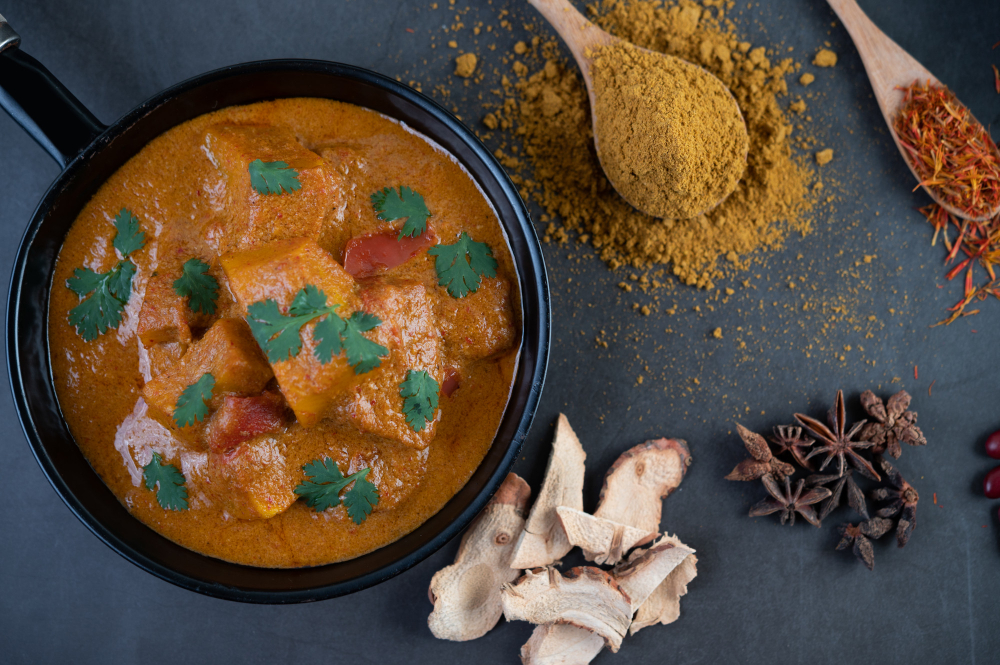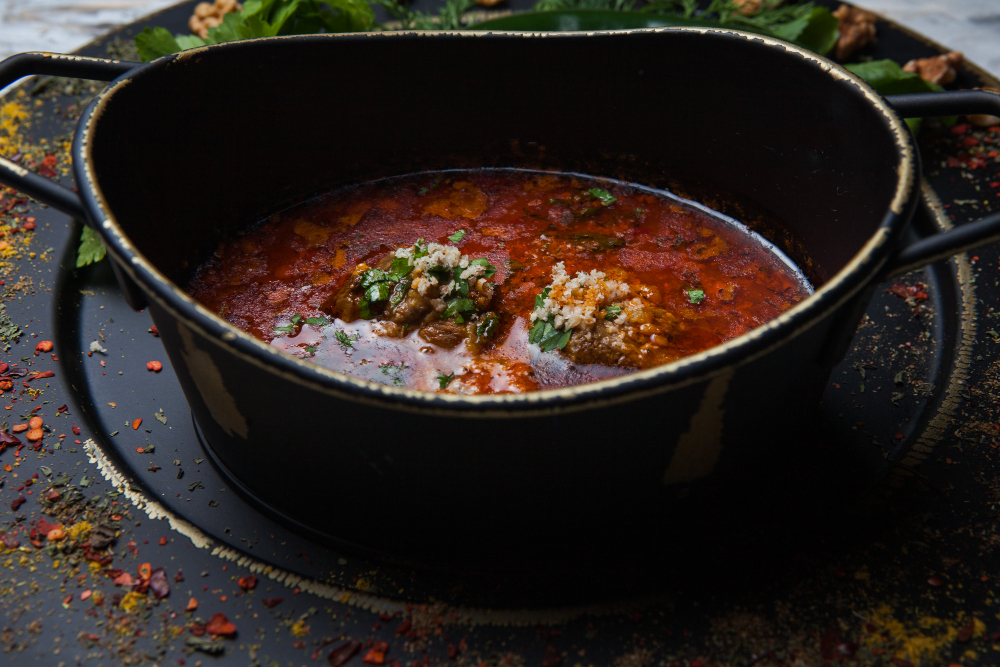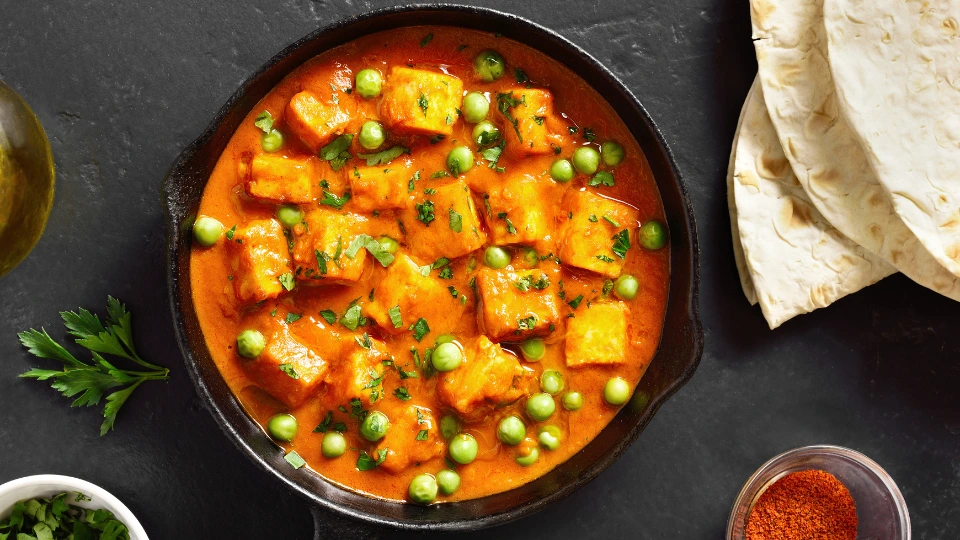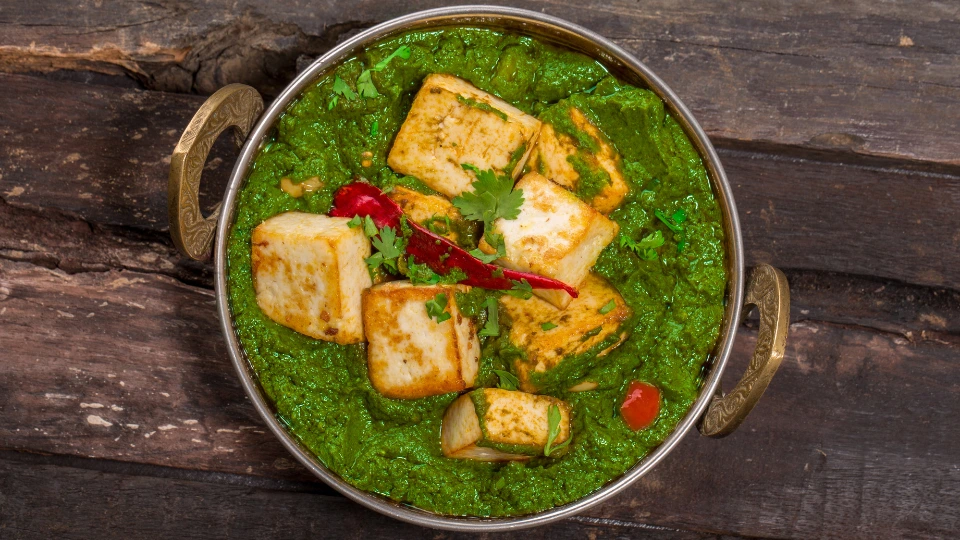Introduction
There’s something magical about the scent of a fresh samosa wafting through the air. Whether it’s a family gathering, a festival celebration, or an office party, the humble samosa has a way of drawing people closer. The crunch of its golden crust, the burst of spicy potato filling, and the warmth it carries make it more than just a snack—it’s an experience. Across cultures and generations, sharing a samosa has become a simple yet profound way of expressing joy, hospitality, and togetherness.
At Maharaja Riyasat, we believe food is not just nourishment—it’s a connection. This blog explores how the fresh samosa plays an important role in building communities, evoking memories, and strengthening relationships. We’ll also uncover what makes a truly exceptional samosa, why freshness is key, and how Maharaja Riyasat brings authentic Indian flavors to every bite. Ready to rediscover your love for this classic treat? Visit Maharaja Riyasat and experience the true taste of tradition.
Things to Know Before Enjoying the Perfect Fresh Samosa
Before diving into the savory world of fresh samosas, it’s important to understand what makes them so special. From the quality of ingredients to the art of preparation, every detail matters. Freshness doesn’t just impact flavor—it affects texture, aroma, and the overall experience of sharing this beloved dish.
In this section, we’ll explore essential aspects that make a fresh samosa stand out—from the choice of ingredients to regional variations and the importance of serving it the right way. Each factor contributes to transforming a simple snack into a memorable culinary experience.
The Art of Making a Perfect Samosa
Creating a perfect samosa is both a science and an art. It starts with kneading the dough just right—firm yet pliable—to ensure that crisp, flaky texture when fried. The filling, often a blend of potatoes, peas, and aromatic spices, must balance heat, tanginess, and depth of flavor. Timing is crucial; fry too little and it’s soggy, too much and it’s bitter.
The process may seem simple, but mastering it takes patience and skill. At Maharaja Riyasat, chefs bring generations of culinary expertise to ensure that every samosa tastes as authentic as the ones found in Indian streets and homes.
Importance of Fresh Ingredients
A fresh samosa begins with the freshest ingredients. Crisp potatoes, vibrant peas, and aromatic spices make all the difference. The use of high-quality flour and pure oils adds another layer of authenticity and ensures a golden, crunchy finish. Fresh ingredients not only enhance taste but also preserve nutritional value.
At Maharaja Riyasat, every samosa is prepared using carefully sourced produce and hand-ground spices, ensuring each bite bursts with freshness. This commitment to quality makes every samosa worth savoring and sharing.
Cultural Significance of Samosa
The samosa is more than just food—it’s a cultural symbol. Originating in the Middle East and traveling through Central Asia before reaching India, it evolved into countless regional varieties. In Indian culture, offering samosas during festivals or tea time is a sign of warmth and hospitality.
This deep-rooted tradition continues to bring people together. Whether it’s Eid, Diwali, or a simple Sunday gathering, the samosa plays a central role in social bonding. Maharaja Riyasat carries forward this legacy by offering samosas that honor this timeless cultural connection.
Pairing Samosas with Beverages
No samosa experience is complete without the perfect beverage pairing. Traditional Indian chai, with its blend of black tea and warming spices, complements the samosa’s flavors beautifully. For modern twists, pairing with cold beverages like mango lassi or buttermilk can create a refreshing balance.
At Maharaja Riyasat, samosas are often served with authentic Indian chai—brewed with cardamom and ginger for that perfect aromatic finish. Together, they make a pairing that transcends mere snacking, creating moments of comfort and nostalgia.
Fresh vs. Frozen Samosas
While frozen samosas offer convenience, nothing compares to the experience of biting into a freshly made one. The crispness of the pastry, the warmth of the filling, and the aroma of fresh spices create a sensory delight that frozen alternatives simply can’t replicate.
Maharaja Riyasat takes pride in serving only freshly prepared samosas, made to order, ensuring customers enjoy authentic texture and flavor. This dedication to freshness keeps their samosas irresistibly inviting and truly satisfying.
How Fresh Samosa Connects People Across Cultures
Food has a universal language, and samosas speak it fluently. They have the power to transcend boundaries, uniting people from different walks of life. Here’s how this beloved dish fosters connection, sharing, and celebration worldwide.
A Symbol of Celebration and Unity
From street corners in Mumbai to family kitchens in Toronto, the samosa represents joy. It’s often the first thing served when guests arrive, a gesture of hospitality that instantly breaks the ice. Sharing a plate of samosas encourages conversation, laughter, and community.
At Maharaja Riyasat, fresh samosas are more than appetizers—they are conversation starters. Whether enjoyed during a business lunch or festive gathering, they bring smiles and strengthen social bonds with their comforting familiarity.
Samosas in Social Gatherings
Every culture has its signature snack for social moments, and for South Asians, it’s undoubtedly the samosa. Whether paired with tea during afternoon breaks or shared among friends at picnics, samosas make every gathering feel special.
Maharaja Riyasat understands this social essence and designs their samosa platters to encourage sharing. Each bite reminds guests of the warmth of home, no matter how far they are from it.
Bridging Generations Through Tradition
The love for samosas is passed down through generations. Parents teach children how to fold the perfect triangle, while grandparents reminisce about samosa stalls from their youth. It’s a culinary tradition that binds families and keeps cultural stories alive.
Maharaja Riyasat continues this legacy by blending tradition with modern culinary craftsmanship. Every samosa served is a bridge between past and present—a tribute to timeless recipes shared through generations.
Samosas as a Comfort Food
In moments of stress or celebration, few things comfort the heart like a warm samosa. The crisp texture and familiar flavors evoke nostalgia and emotional comfort, often reminding people of home, festivals, and loved ones.
At Maharaja Riyasat, this emotional connection is nurtured through consistent quality and authenticity. Each freshly prepared samosa feels like a comforting embrace, reminding diners that true happiness often lies in simple pleasures.
The Role of Samosas in Multicultural Communities
In diverse cities like Toronto, samosas have become a universal favorite, enjoyed by people of all backgrounds. Their versatility and appeal make them perfect for multicultural events, symbolizing inclusion and shared appreciation of global cuisines.
Maharaja Riyasat celebrates this diversity by offering samosas that reflect authentic Indian tradition while welcoming everyone to experience their rich flavors. It’s food that connects hearts across cultures.
The Secret Behind Maharaja Riyasat’s Perfect Fresh Samosas
At Maharaja Riyasat, every samosa tells a story of craftsmanship, authenticity, and passion. Their chefs take pride in perfecting the recipe that balances tradition and innovation.
Authentic Recipes Passed Through Generations
The secret to Maharaja Riyasat’s signature samosas lies in the authenticity of their recipes. These are not modern shortcuts but culinary treasures passed down through generations. Each ingredient is chosen with care, ensuring that traditional flavors remain intact.
This commitment to heritage guarantees that every samosa delivers the same nostalgic satisfaction as those enjoyed in Indian households for centuries.
Balancing Spices and Flavors
The heart of a great samosa lies in its masala blend. Maharaja Riyasat uses hand-ground spices, roasted to perfection, achieving a balanced flavor profile that’s neither too spicy nor too mild. This delicate harmony is what makes each bite unforgettable.
The balance of cumin, coriander, and garam masala enhances the natural sweetness of potatoes and peas, creating a taste that lingers long after the last bite.
Crispy Perfection Every Time
Achieving the ideal crunch requires precision and timing. Maharaja Riyasat’s chefs have mastered the frying technique to ensure each samosa achieves a golden hue without excess oil. The result is a pastry that’s crisp on the outside yet soft and flavorful within.
Every samosa is fried fresh to order, never reheated, ensuring customers enjoy that satisfying first crunch every single time.
Innovative Variations with a Traditional Soul
While classic potato samosas remain timeless, Maharaja Riyasat also offers creative variations like paneer samosas, chicken keema samosas, and fusion flavors that cater to evolving tastes. Yet, every variation maintains the core essence of traditional samosas.
This innovation keeps the menu exciting while preserving cultural authenticity, making Maharaja Riyasat a favorite among food enthusiasts.
Served with Authentic Chutneys
A fresh samosa reaches perfection only when paired with the right chutneys. Maharaja Riyasat serves their samosas with freshly made mint, tamarind, and chili chutneys—each crafted to complement the samosa’s flavors.
These chutneys add balance and excitement, turning every serving into a flavorful journey across India’s culinary landscape.
Why Choose Maharaja Riyasat for Authentic Fresh Samosas
Maharaja Riyasat isn’t just another Indian restaurant—it’s a celebration of royal Indian heritage and hospitality. Choosing Maharaja Riyasat means choosing quality, tradition, and an experience that satisfies all the senses.
Their chefs bring decades of expertise, ensuring that every dish, especially their signature samosas, represents the best of Indian culinary art. Fresh ingredients, authentic recipes, and attention to detail define every order. Moreover, their warm ambiance and commitment to service make dining here feel like an invitation to experience India’s royal kitchens.
By choosing Maharaja Riyasat, you’re not just eating—you’re reliving the cultural journey of flavors, aromas, and emotions that unite people across the world.
Conclusion
Fresh samosas are more than just snacks—they are bridges between people, stories, and cultures. Their ability to spark joy and connection makes them an essential part of gatherings everywhere. Whether it’s sharing laughter with friends or comforting yourself with a warm bite, the samosa always delivers warmth beyond taste.
Maharaja Riyasat continues this legacy by serving the freshest, most authentic samosas in Canada, capturing the essence of Indian tradition in every crisp bite. Visit Maharaja Riyasat to savor the flavors that bring people together and experience the art of true Indian dining.

